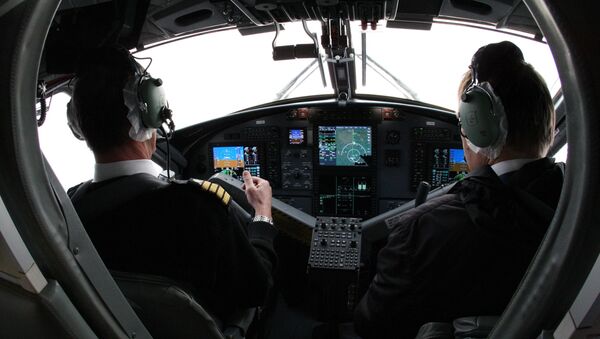According to its creators, the system will help assess real-time crew activity and prevent emergency situations. The study's results were published in the journal Experimental Psychology.
The increasing sophistication of aviation technology and the psychological burden on pilots makes the development of automated safety systems for monitoring crews in real-time a pressing task today.
The main challenge in creating such systems is finding mathematical models linking flight parameters, aircraft specifications, and the psychophysiological state of the crew.
A joint research team from GosNIIAS and MSUPE has proposed a unique model for the correlation of the three types of metrics mentioned above that the creators say is unparalleled in its accuracy and detail.
"Our system is based on comparing crew actions with different patterns of flight fragments and pilot performance from a specialised database. Today, only our model provides the possibility to assess the performance quality of piloting by taking into account not only violations of individual flight standards but all the flight data, the condition of the aircraft, and the crew", Dean of the Faculty of Information Technologies at MSUPE, Professor Lev Kuravsky explained.
A pilot's psychophysiological state, including stress, is assessed by tracking gaze movement trajectories and primary indexes for time series of oculomotor activity. Risk assessment level is determined by probability estimates, which are computed using multivariate statistical and wavelet analysis. According to the authors, the key elements contained in the model are the three new metrics that enable more efficient flight analysis.
This work was carried out as part of the EU Horizon 2020 programme's "SAFEMODE" Project (Grant Agreement No. 814961) with financial support from the Ministry of Science and Higher Education of the Russian Federation (Project UID RFMEFI62819X0014).


